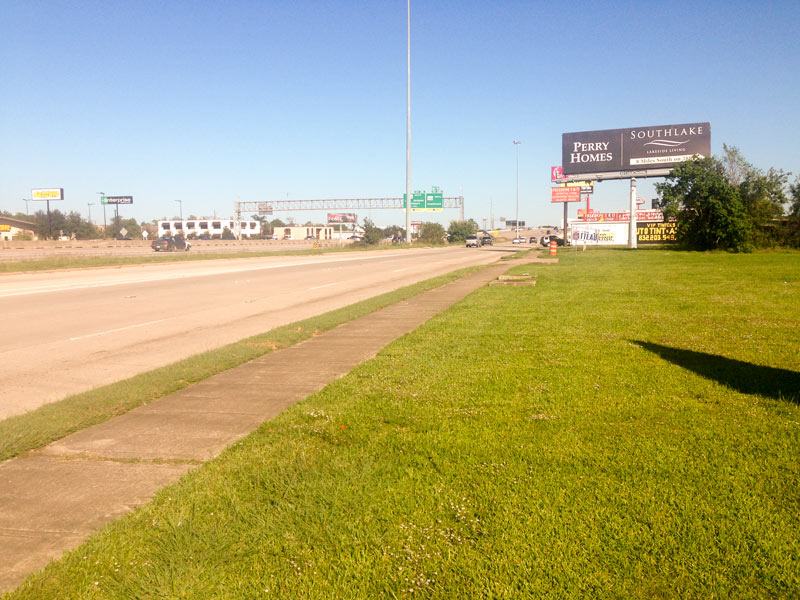
On your way home from checking out the new UT campus site, you might pass by 1 of the 6 Superfund sites located within Beltway 8 — but you almost certainly won’t notice. Just across the Sam’s Club parking lot from the former home of Astroworld, the Sol Lynn/Industrial Transformers site (tucked behind the brush-covered chainlink fence on the right, in the photo above) has no signage identifying it as a project on the EPA’s National Priorities List for cleanup. The little site at Knight Rd. and the 610 feeder is surrounded on two sides by an innocuous grassy lot:
***
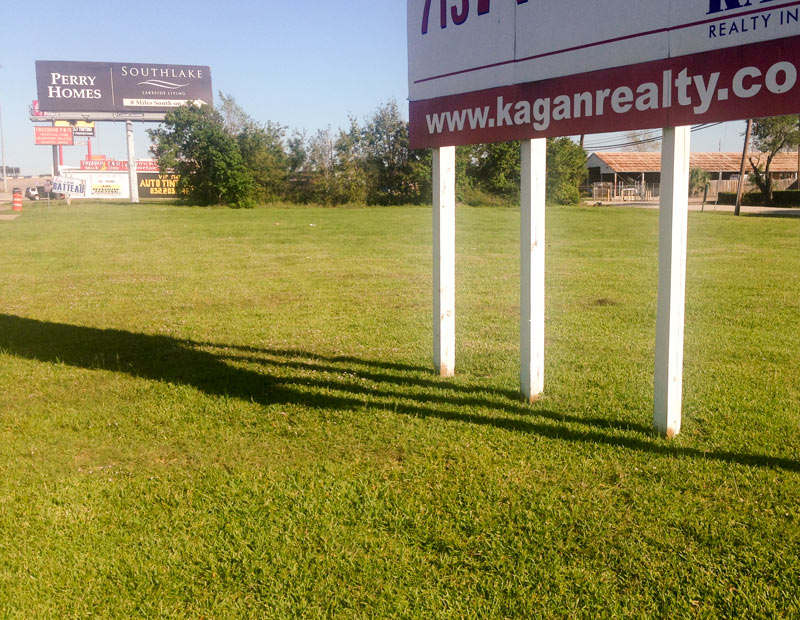
A peek inside the fenced area from Mansard St. to the south doesn’t clarify much:
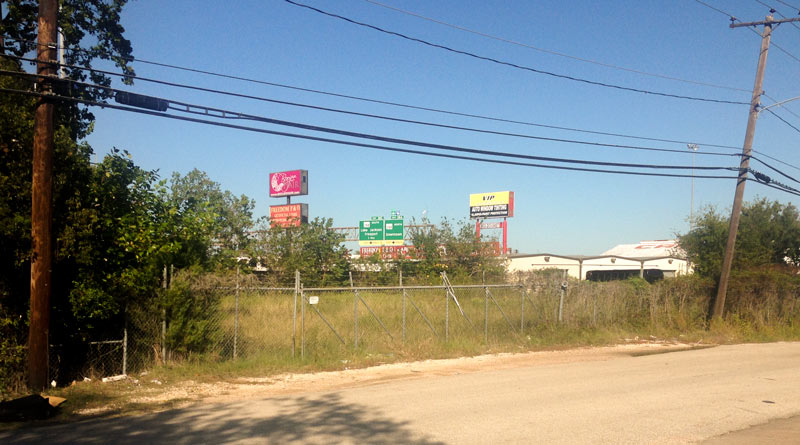
The site was the late ’60s home of an electrical transformer recycling company, which was called out in 1971 by City of Houston Water Pollution Control Division for dumping carcinogenic fluids from dismantled transformers onto the ground. Subsequent chemical recycling operations in the area in 1979 and 1980 didn’t improve conditions, and a plan of action to clean up the site was officially determined and documented by the EPA in 1988.
But subsequent monitoring showed that cleanup efforts were only questionably successful, and multiple subsequent rounds of study have still not officially closed the case on the site; the EPA still lists the site’s Contaminated Ground Water Status as “not under control”. The site was sold by Sol H. Lynn in 1993, near the end of Round 1 of the cleanup, to Discount Communications.
- SOL LYNN/INDUSTRIAL TRANSFORMERS, HOUSTON, TX [EPA Superfund Program]
- Superfun with Superfund [Texas Observer]
Photos: Swamplot inbox


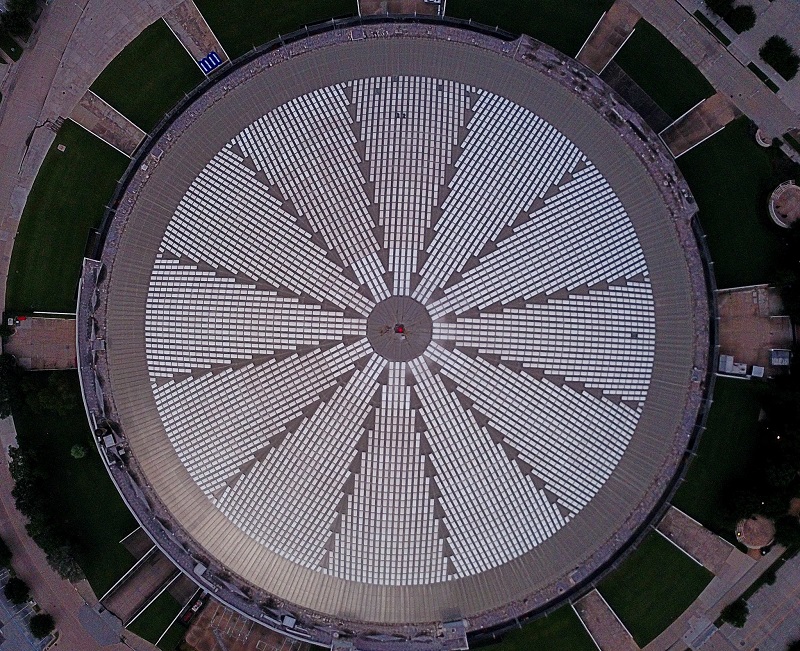
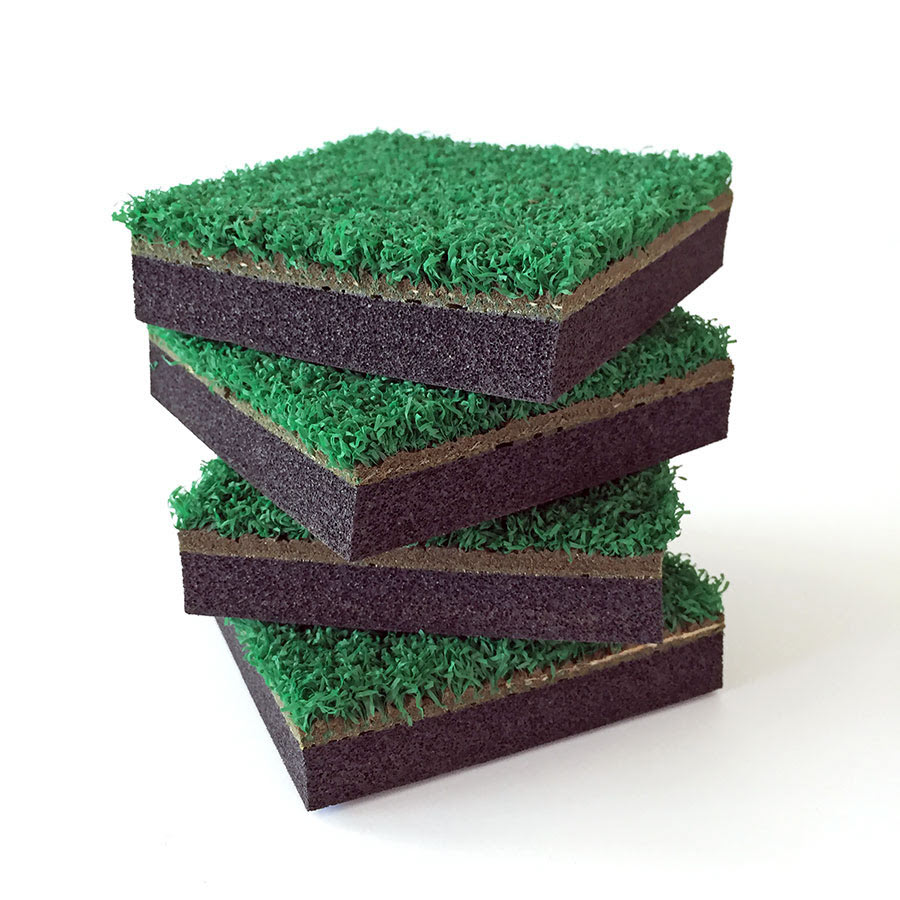
In other words, much ado about pretty much nothing except some oil leakage that is cleaned up.
In other words, a tiny amount of insect, bird, other animal habitat amidst a sea of monoculture and concrete.
It’s odd that the remedy was completed in 1993 but is still listed as not in control.
Barks, it’s not “some oil leakage that is cleaned up”. “Not in control” fairly clearly shows it’s not cleaned up, and it’s also not oil. A little further looking on the EPA’s site shows that the ground water contamination includes TCE and vinyl chloride. They are very volatile carcinogens.
So this also isn’t just an eco problem, it’s a problem for anyone living or working nearby. In shallow ground water, in high concentrations, it can vaporize into buildings in air concentrations that can cause an increased risk of cancer. And, in fact, the TCEQ’s database shows that’s been a recent concern. In 2009 they requested access to somewhere to test indoor air.
http://www15.tceq.texas.gov/crpub/index.cfm?fuseaction=iwr.cordetail&addn_id=396262912007052